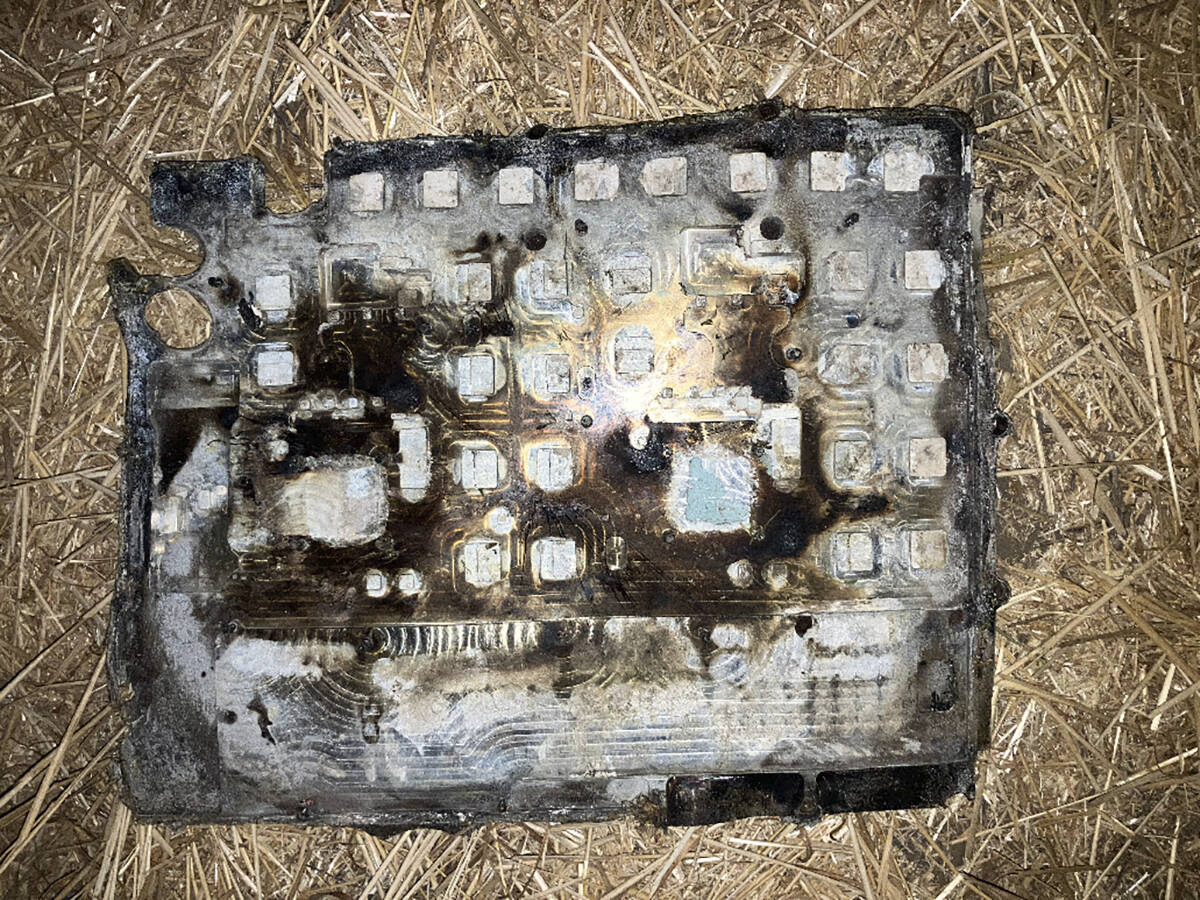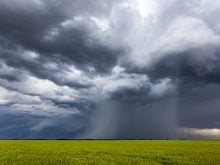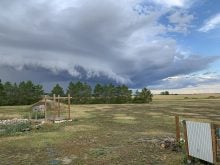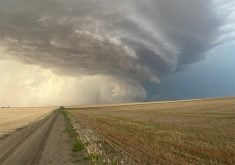Throughout Earth’s history, volcanic eruptions have played a significant role in development of our atmosphere. This volcanic activity also helps shape our global climate patterns, sometimes affecting only local weather and climate patterns, and other times exerting a global influence.
Take the infamous year without a summer in 1816. That year, and for several years after, the planet saw a dramatic cooling of 0.4 C to 0.7 C. This triggered crop failures and food shortages across much of the Northern Hemisphere for several years after the eruption of Mount Tambora in Indonesia.
Read Also

Farmers asked to keep an eye out for space junk
Farmers and landowners east of Saskatoon are asked to watch for possible debris in their fields after the re-entry of a satellite in late September.
This cooling was the result of a volcanic winter triggered by that eruption, which is considered one of the largest in the last 1,500 years.
Most volcanic eruptions cause global cooling. The amount and duration depends on several factors: the amount of ash put into the atmosphere, how high into the atmosphere the ash goes, where the eruption occurs and how much sulfur dioxide is released.
Let’s work backward by looking at sulfur dioxide emission during volcanic eruptions. As magma ascends to the surface, it carries vast quantities of this gas, which, upon release into the atmosphere, undergoes a series of chemical reactions. Chief among these is the conversion of SO2 into sulfate aerosols through oxidation of sulfur gases and their subsequent interaction with water vapour.
These very small aerosols scatter incoming solar radiation, creating a veil that dims the intensity of sunlight reaching the Earth’s surface. This phenomenon is known as volcanic cooling, and we see this as a reduction in surface temperatures.
Along with SO2, the injection of ash and particulate matter into the atmosphere can also diminish sunlight’s penetration, intensifying the cooling effect initiated by sulfate aerosols. So far, the impact of volcanic eruptions seems fairly straightforward.
Unfortunately, these are not the only gases released during eruptions. Large quantities of carbon dioxide and water vapour can be released, and these gases can introduce a contrasting dynamic to the SO2 and ash. While sulfate aerosols scatter sunlight, greenhouse gases trap outgoing infrared radiation, exerting a warming influence on the climate.
This interplay underscores the complexity of volcanic impact on global temperatures. Increasing that complexity is that different eruptions will have different percentage of these gases. Tambora, for example, ejected a lot of ash and SO2, while the Tonga eruption, which occurred Jan. 15, 2022, had a lot of water vapour.
Location of the eruption can also affect the impact on Earth’s climate. Low latitude eruptions tend to have a bigger global impact, as volcanic ash and aerosols often reach higher altitudes where strong winds can spread them over a much larger area.
Beyond the immediate aftermath of eruptions, there are a number of climate impacts that can unfold. For example, volcanic heat and gases injected into the atmosphere can initiate a chain reaction of atmospheric and oceanic responses, each contributing to the behaviour of global climate patterns.
Looking at oceanic circulation, volcanic eruptions can disrupt established patterns of heat distribution, altering the pace and direction of currents. These disruptions can have far-reaching consequences.
If we look at eruptions at higher latitudes, the deposition of volcanic aerosols onto ice surfaces can modulate reflectivity, or albedo, of these regions by darkening the surface. As glaciers and ice caps absorb more sunlight due to reduced albedo, they undergo accelerated melting, leading to sea-level rise and alterations in oceanic salinity gradients.
These changes can exert profound effects on global climate dynamics, amplifying the impact of volcanic eruptions on Earth’s climate.
Daniel Bezte is a teacher by profession with a BA in geography, specializing in climatology, from the University of Winnipeg. He operates a computerized weather station near Birds Hill Park, Man. Contact him at dmgbezte@gmail.com.


















